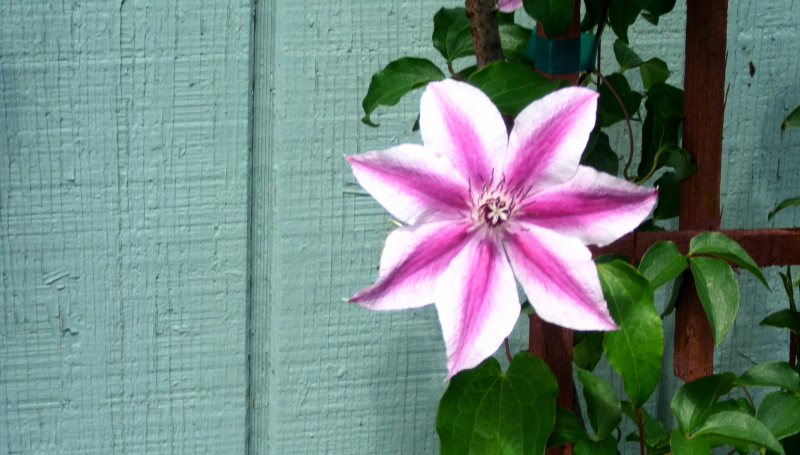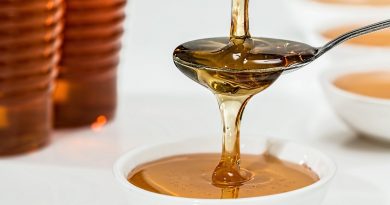The meaning and symbolism of the Clematis flower
(Global Heart) Uncover the hidden language of the clematis flower. Learn about its symbolism for mental beauty, aspiration, and mischief, and find out what each color—from pink to black—represents.
The language of the clematis flower
The clematis, often called the “Queen of climbers,” is a beautiful and popular flowering vine with a rich history of meaning and symbolism. Its ability to climb and flourish has made it a powerful symbol across different cultures and eras.
Overall meaning and symbolism
The primary symbolism of the clematis flower is centered around intellect, ingenuity, and mental beauty. Its climbing nature, which allows it to climb and reach new heights, has led to additional meanings of aspiration and ambition.
- Mental beauty and ingenuity: The intricate structure of the clematis blossom and its clever climbing habits have long been associated with creative thinking, intellect, and cleverness. In the Victorian era, giving a clematis was a way to compliment someone’s wit and intellectual accomplishments.
- Aspiration and ambition: The plant’s upward growth is seen as a metaphor for striving for higher goals, spiritual growth, and a journey toward enlightenment. The clematis represents aspiration, encouraging you to reach for the stars and pursue goals you might think are beyond your reach. The climbing vine acts as a ladder, symbolizing a path to achieving your dreams.
- Traveler’s joy: In some cultures, particularly in Russia and Bulgaria, the clematis is known as “traveler’s joy” due to its ability to grow profusely along roadsides. This meaning is associated with wishing someone well on a new journey or adventure.
- Love and devotion: The way clematis vines cling to supporting structures has also given them a symbolic meaning of attachment, loyalty, and deep emotional connections. In bouquets, they can represent steadfast commitment and devotion.
- Mischief: The clematis’s “devil’s darning needle” nickname hints at a darker side. While its beauty is undeniable, the plant is quite toxic to people and pets, making it a beguiling troublemaker that hides its danger behind a charming facade.
Clematis color meanings
The symbolism of a clematis can be further nuanced by its color.
Blue clematis
The color blue in clematis flowers holds several significant meanings. Available in shades from ice blue to turquoise and deep indigo, blue clematis symbolizes trust, tranquility, faith, serenity, peace and wisdom. It is also a powerful symbol of loyalty, representing a “true blue” friendship or a long-lasting relationship.
Because clematis is a perennial vine, a blue clematis is an especially potent symbol of the wisdom that comes from life’s many experiences.
In spiritual contexts, different shades of blue connect to the chakras: Light blue and turquoise are associated with the fifth chakra, or Vishuddha. This chakra governs communication and self-expression, making a light blue clematis a symbol of speaking your truth with faith and clarity.
Darker blue and indigo are linked to the sixth chakra, or Ajna. This chakra rules your mind, intuition, and third eye. A dark blue clematis is, therefore, a powerful symbol for expanding your consciousness and seeking deeper universal wisdom.
Purple clematis
The purple clematis is rich with meaning, symbolizing royalty, nobility, wisdom, admiration, and spiritual awareness, and an exalted state. Much like the climbing nature of the vine, a purple clematis represents aspiration, urging you to reach for the stars and pursue goals that may seem beyond your grasp. The vine itself can be seen as a ladder, helping you ascend toward your dreams.
This color is also a symbol of balance because it combines the coolness of blue with the warmth of red, representing harmony found in differences.
In a spiritual context, shades of purple are associated with the higher chakras:
Shades of purple are also linked to both the sixth and seventh chakras. (The seventh chakra is also sometimes depicted as white). The seventh chakra, known as Sahasrara in Sanskrit, rules your connection to the divine and your superconsciousness. Therefore, a purple clematis is a beautiful and powerful symbol for seeking a higher spiritual vibration.
Orange clematis
The orange clematis is a joyful and vibrant flower that connects to the sacral chakra, or Svadhisthana in Sanskrit. This second chakra, located in your lower abdomen, is associated with the color orange and governs your creativity, emotions, and pleasure. An orange clematis is a thoughtful gift to wish someone long-term health, vitality, and well-being.
Yellow clematis
Yellow clematis flowers are a vibrant symbol of sunshine and happiness. They also represent good fortune, particularly for long-term endeavors.
In spiritual practices, yellow is the color of the third chakra, known as Manipura in Sanskrit. This chakra governs your self-confidence and personal power. A yellow clematis, therefore, symbolizes the deep sense of happiness that comes from the rewards of personal success and self-assurance.
Pink clematis
Pink clematis represents gentleness, romance, affection, playfulness, and the power of r of long-term friendships and deep family ties. The pink clematis is a tender and nurturing flower, and its symbolism aligns beautifully with the heart chakra, or Anahata in Sanskrit.
The heart chakra, located in the center of your chest, is a bridge between the lower and upper chakras. It is associated with the colors green and pink and governs your ability to love, feel compassion, and connect with others.
White clematis
The white clematis symbolizes purity, innocence, spiritual enlightenment, simplicity, elegance, and clarity of thought. Like a white butterfly, it also represents a connection to angels and the divine.
As a symbol of aspiration, a white clematis is particularly powerful. White is often associated with the seventh chakra, which governs your superconsciousness and connection to the divine. Therefore, a white clematis is a beautiful symbol of reaching for a higher level of consciousness and spiritual connection.
Red clematis
Red clematis flowers are a powerful symbol of passion, courage, strong desire, energy, and romantic love. The color is also associated with good luck, and prosperity.
In a spiritual context, red is the color of the first, or “root,” chakra, known as Muladhara in Sanskrit. This chakra governs the foundation of your life, including your security, courage, and physical vitality. A red clematis makes a thoughtful gift for a romantic partner. The climbing vine represents a desire for the relationship to grow, evolve, and withstand the test of time, while the vibrant red color shows that the passion you feel is still as strong as ever.
Black clematis
Some clematis varieties are so dark in color they appear almost black. This striking hue symbolizes mystery, formality, elegance, and rebellion. A black clematis is a fitting flower for nonconformists—those who forge their own path and aren’t afraid to get into a little bit of trouble.
The clematis in culture and history
The meaning of the clematis flower has varied and evolved across different cultures:
- Victorian era: In the language of flowers (floriography), the clematis was a popular bloom for conveying messages that couldn’t be spoken aloud. It primarily symbolized mental beauty and ingenuity, but its association with the poor due to its ability to grow in less fertile soil sometimes led it to also represent poverty.
- Eastern traditions: In Eastern cultures, the upward growth of the clematis vine is seen as a powerful symbol of spiritual ascent and a journey toward enlightenment and higher knowledge. In Japan, it is also celebrated for its elegance and is used in traditional floral arrangements.
- Ancient Greece: The name “Clematis” comes from the ancient Greek word “klema,” which means “vine branch,” a clear reference to its most prominent characteristic.
Source: Global Heart
You may also like:





